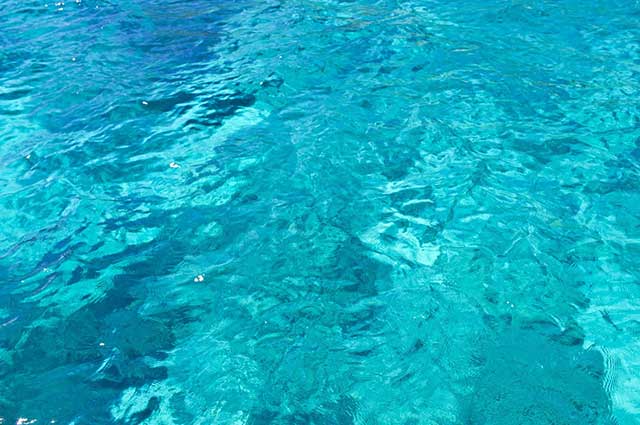Most of us here in Western Washington have extremely soft water, but if you live in a part of the country with a calcium or magnesium-rich aquifer, you may find yourself removing a scaly film from your sinks, showers and even dishes on a weekly basis. These aquifers generate mineral-heavy water, which can make it all but impossible to keep your swimming pool free from a white or yellowish scale, even with regular scrubbing sessions.
Fortunately, reducing the mineral content of your pool water doesn’t need to be an arduous process. If you’re still in the process of planning your future swimming pool, you may also benefit from some strategic material and design choices that can reduce the wear and tear that your new pool will experience in a hard water environment.
Read on to learn more about maintaining your freshwater or saltwater swimming pool in an area with mineral-rich water.
Freshwater Pools
The chemistry of a freshwater pool revolves around three measures: pH value, total alkalinity and water hardness. If any of these measures remain outside their recommended values for very long, your entire pool may be at risk: a skewed pH value can dramatically alter the amount of chlorine necessary to achieve disinfection, while hard water can quickly form a mineral scale that eats away at your pool’s surface tile.
If your pool’s pH is at (or near) the recommended level, your job is made much easier; you’ll need only to soften the water that’s already in your pool rather than attempting to completely change its chemical composition.
Ideally, your pool’s “hardness” level should be somewhere between 200 and 400 parts per million. If your initial reading is a bit higher, you may need to drain a portion of your pool’s water to adjust the hardness.
Because water hardness can be highly regional, with areas just a few miles apart often experiencing dramatically different mineral levels, it may be worthwhile to speak to a local professional to see what others in your area have done to tackle this problem.
Once you’ve drained a portion of your pool’s water, you can refill it with water you’ve softened yourself (even through a household water softening system), or contact a water delivery company to deliver some pool water that has already been softened and pH balanced. However, in most cases in our region, untreated tap water directly from your hose bib does the job.
After you’ve taken these steps, you’ll want to continue to test your pool’s hardness every few days until the results are within the recommended range. If you’ve overshot and your pool water is now too soft, you may need to add some minerals to ensure your disinfection efforts remain successful.
If you haven’t noticed any appreciable difference in your hardness levels a week or more after treatment, you’ll want to re-treat. Although it can take a few days for your pool’s filtration system to filter out all the extra minerals, a week should be more than enough time to determine whether your softening efforts have been successful.
Saltwater Pools
Saltwater pools are increasingly popular, especially among those with allergies or skin conditions that make swimming in a traditional chlorine pool a potentially uncomfortable process. While saltwater pools do offer minimal maintenance when it comes to some aspects of pool ownership, they’re not maintenance free, and reducing water hardness without skewing your pH balance can sometimes feel like an uphill battle.
Since a Saltwater Chlorine Generator raises the water’s pH, you may want to add Muriatic Acid frequently. If you are unable or unwilling to monitor your water chemistry frequently enough, you may want to consider weekly pool service or an automated acid dispenser.
Whether your pool is of the freshwater or saltwater variety, controlling hardness is key to preserving its structural integrity and extending the life of the pool surface and the various water-jetting components inside. By learning a bit more about the water-related challenges you might face (and how to overcome them), you’ll be able to enjoy smoother sailing.


Recent Comments